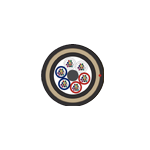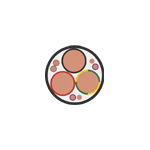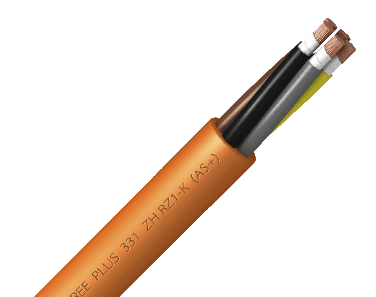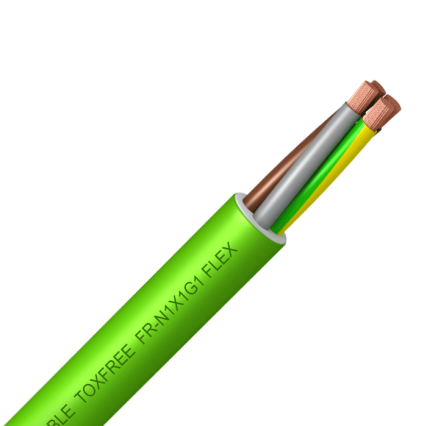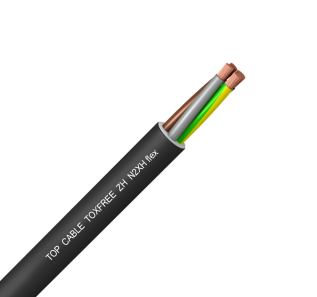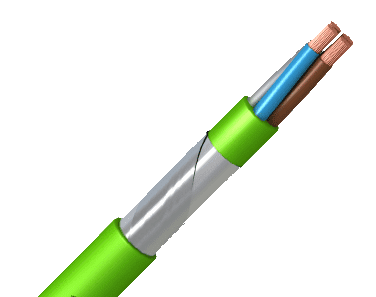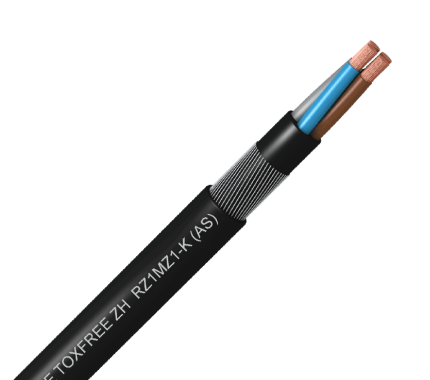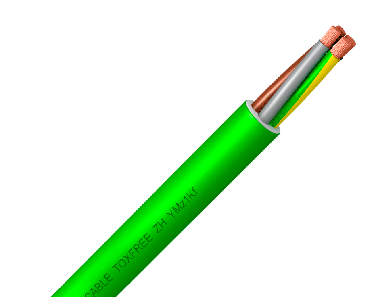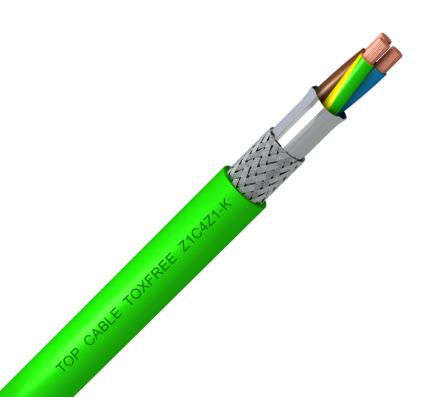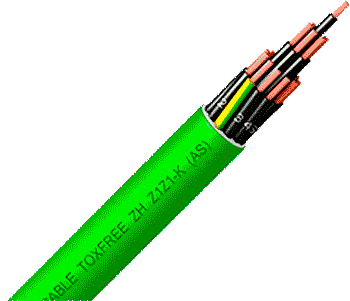LSZH CABLES
Halogen-free, low smoke and low corrosive gases emission in case of a fire. In compliance with Construction Products Regulation (CPR).
Life Cable – Global Supplier of Halogen-Free Cables
Life Cable is a global leader in supplying halogen-free cables designed for maximum safety in the event of fire. Our LSZH (Low Smoke Zero Halogen) cables are especially recommended for high-traffic public areas such as:
-
Hospitals
-
Airports
-
Tunnels
-
Subways
-
Museums
-
Offices
-
Factories
-
Laboratories
These cables are engineered to:
-
Prevent the spread of fire.
-
Emit low smoke.
-
Avoid releasing toxic or corrosive gases.
This enhances evacuation efficiency and helps emergency teams operate safely and effectively.
FAQs on LSZH Cables
What does LSZH mean?
LSZH, or Low Smoke Zero Halogen, refers to cables that emit very little smoke and no halogen gases when burned, reducing the risk of toxic exposure and improving visibility during a fire.
Why are LSZH cables important in buildings or industries?
Because they:
-
Minimize flame spread.
-
Reduce toxic gas release.
-
Maintain circuit integrity during fire emergencies.
Where should halogen-free LSZH cables be used?
In all public or sensitive environments:
-
Schools, hospitals, and malls
-
Subways, railways, ships
-
Nuclear stations and tunnels
-
Offices and industrial setups
When are LSZH cables mandatory?
In many countries, their use is mandatory in public spaces (airports, hotels, arenas, etc.) to comply with fire safety regulations.
What are halogens?
Non-metallic elements (fluorine, chlorine, bromine, iodine, astatine) found in PVC insulation that, when burned, produce toxic, corrosive smoke.
Key benefits of LSZH cables:
-
Provide smoke-free escape routes.
-
Protect electronic infrastructure.
-
Produce less heat and are non-corrosive.
-
Assist firefighters during rescue.
How to identify halogen-free cables?
Check the packaging or the cable itself for specific LSZH/LSHF/LSOH markings.
Are LSZH cables environmentally friendly?
Yes. They release no toxic gases when burned and are easier to dispose of without harming the environment.
Are LSZH cables suitable for all applications?
Yes, particularly in:
-
Transit systems
-
Marine and aerospace
-
High-occupancy buildings
-
Hazard-sensitive areas
Is there a difference between “Low Smoke” and “Zero Halogen”?
Yes:
-
Low Smoke: Less visible smoke but may still emit halogens.
-
Zero Halogen: No toxic halogen gases, but may produce more smoke unless it's also a low-smoke design.
What do terms like LSOH, LSHF, LSZH, LSF, HFFR mean?
These are variations of halogen-free cables. Life Cable offers all such variants under the TOXFREE® brand:
-
LSZH / LS0H = Low Smoke Zero Halogen
-
LSHF = Low Smoke Halogen Free
-
HFFR = Halogen Free Flame Retardant
-
LSF = Low Smoke and Fume
Can LSZH cables have a black outer sheath?
Yes. While green is standard in Spain, other countries often use black outer sheaths.
About CPR – Construction Products Regulation (EU)
What is CPR?
CPR is a European Union regulation that standardizes the fire safety classification of construction materials, including cables.
CPR Ratings You Might See:
-
B2ca-s1a,d1,a1
-
Cca-s1a,d1,a1
These ratings assess:
-
s = Smoke production
-
d = Droplets/particles
-
a = Acidity/corrosiveness
Why does CPR matter?
-
Ensures equal fire safety across the EU.
-
Prevents the use of non-compliant or unsafe products.
-
Helps buyers, architects, and authorities choose safe, regulated cables.
Which cables fall under CPR?
All permanently installed electrical, control, communication, and fiber optic cables in buildings and civil works.
What’s the difference between B2ca and Cca?
-
B2ca = Higher fire performance
-
Cca = Moderate fire performance
Both must meet strict requirements under CPR.


